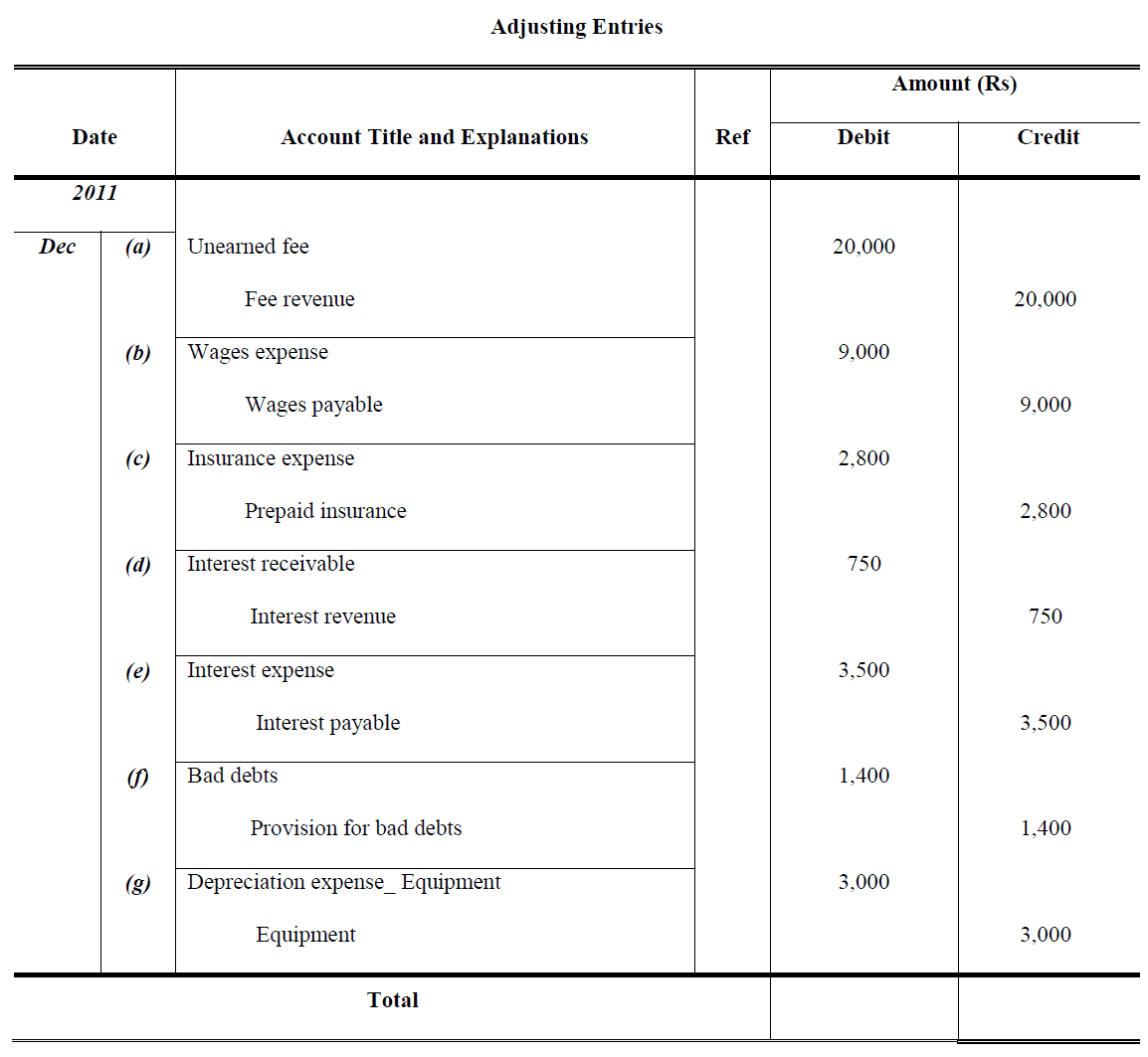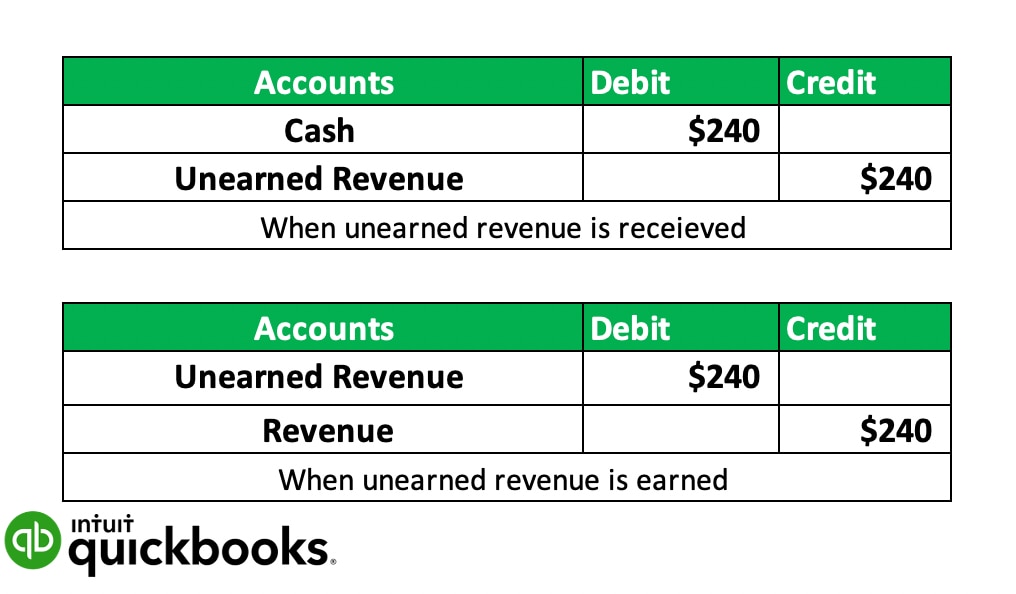
This journal entry is required at the period-end adjusting entry to recognize the interest income earned but not yet recorded during the accounting period. Likewise, if the company doesn’t record the above entry, both total income and total assets will be understated. The journal entry at the end of the period is necessary for the company to recognize the revenue that it has already earned. Likewise, the total income and assets will be understated in the financial statements if no necessary adjusting entry is made for the interest income.
Financial Accounting I
- We need the frequency of a year because the interest rate is an annual rate and we may not want interest for an entire year but just for the time period of the note.
- If an entity is in the business of earning interest revenue, such as a lender, then it should record interest revenue in the revenue section at the top of the income statement.
- Delve into the realm of Business Studies with a comprehensive guide on Interest Revenue.
- The IASB is supported by technical staff and a range of advisory bodies.
The money won’t just sit idly in his account, because the bank will use it to lend money to borrowers. The bank will earn interest by lending money out, but will also pay interest to holders of deposit accounts. Revenue is recognised when it is probable that future economic benefits will flow to the entity and those benefits can be measured reliably. IAS 18 identifies the circumstances in which those criteria will be met and, therefore, revenue will be recognised. It also provides practical guidance on the application of the criteria. Revenue is measured at the fair value of the consideration received or receivable.
About the IFRS Foundation

Most companies earn interest income; however, not all of these companies treat interest income as their primary source of income. Therefore, a bank would record interest revenue in the revenue section at the top of the income statement. On the other hand, companies following the cash basis of accounting would record the interest revenue only when it has been received.
1 Chapter overview — interest income
We earn interest revenue when we have lent money to an entity or invested in an interest-bearing financial asset like a fixed deposit. On Dec. 31, 2015, you would record $52.50 as a credit to interest revenue. The remaining interest would be accrued as revenue in future periods as the interest is earned. The maturity date is the date on which a note becomes due and must be paid. Sometimes notes require monthly installments (or payments) but usually, all the principal and interest must be paid at the same time. The wording in the note expresses the maturity date and determines when the note is to be paid.
Access Exclusive Templates
Founded in 1993, The Motley Fool is a financial services company dedicated to making the world smarter, happier, and richer. The Motley Fool reaches millions of people every month through our premium investing solutions, free guidance and market analysis on Fool.com, top-rated podcasts, and non-profit The Motley Fool Foundation. Interest Revenue improves a company’s profitability, provides what if i didn’t receive a 1099 a reliable source of cash inflow, and can help assess the efficiency of investments and inform future financial decisions. The effective interest rate is the actual rate of interest paid or received on a loan or investment, taking into account any fees or other charges. IAS 18 states that ‘Revenue shall be measured at the fair value of the consideration received or receivable’ (12).
Is interest revenue an expense?
If a company follows an accrual basis of accounting, the interest revenue will be recorded in the income statement even if the interest income has not been received. However, if the company had been using the cash basis of accounting and the cash had not yet been received by the end of the reporting period, no interest revenue would be recorded in that period. The main issue with interest revenue is where to record it on the income statement. If an entity is in the business of earning interest revenue, such as a lender, then it should record interest revenue in the revenue section at the top of the income statement. Placing it here keeps readers of an entity’s financial statements from getting the impression that revenue from continuing operations is higher than is actually the case. As such, the latter approach is the more conservative treatment of interest revenue.
Suppose ABC Ltd. is an automobile company with a substantial cash surplus. The company has invested $100,000 in an interest-bearing financial asset, for, say, a certificate of deposits that pays an annual interest rate of 5%. Note that in this calculation we expressed the time period as a fraction of a 360-day year because the interest rate is an annual rate and the note life was days. If the note life was months, we would divide by 12 months for a year. Sometimes a lender or textbook uses this “bank method”—so called because some banks would use 360 days instead of 365 since that actually results in a higher effective interest rate.
Here, we must discuss an important concept – how interest revenue is different from interest receivables. Now, another important question is why interest income is treated as revenue. If you’re interested in learning more about stocks, head over to our broker center to get started. If you’re going to become an investor, there are a few things you should know — like these formulas. You can set the default content filter to expand search across territories. Access and download collection of free Templates to help power your productivity and performance.
Interest revenue is an earning for the company which is receiving the interest income. However, since one party must pay the interest, the payer’s interest amount is an expense. Customers need to pay interest when they take any type of loan, like a personal loan, mortgage, or auto loan. On the other hand, we receive interest when we lend money or invest in an interest-bearing instrument – for, say, a corporate bond or simply save our money in a bank account.
Interest income is one of the many sources of income for businesses and individuals. Simply putting some money in the bank is a good way to start earning interest, although the interest rate for a standard savings account is not very high. Interest income is the amount paid to an entity for lending its money or letting another entity use its funds. On a larger scale, interest income is the amount earned by an investor’s money that he places in an investment or project. A very simple and basic way of computing it is by multiplying the principal amount by the interest rate applied, considering the number of months or years the money is lent.
